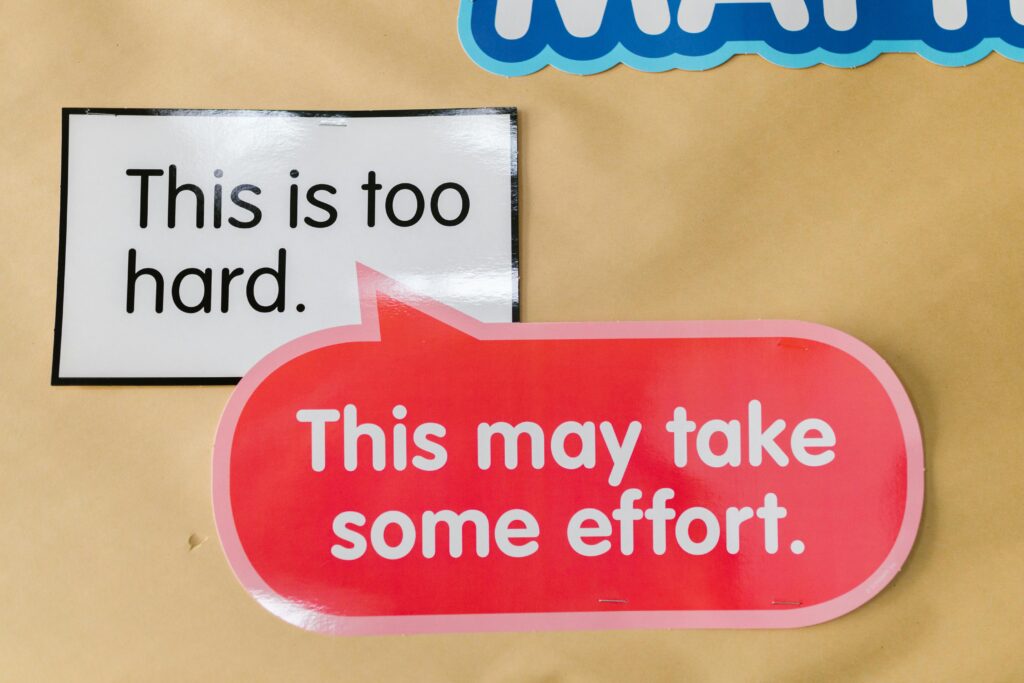
Now that we understand the importance of balanced drive, let’s explore some practical strategies for achieving it:
- Set Meaningful, Realistic Goals
Goal-setting is a powerful tool for channeling drive, but it’s crucial to set goals that are both meaningful and realistic. Use the SMART criteria (Specific, Measurable, Achievable, Relevant, Time-bound) to create goals that challenge you without overwhelming you.
For instance, instead of setting a vague goal like “get in shape,” you might set a SMART goal like “run a 5K race in under 30 minutes within the next six months.” This goal is specific, measurable, achievable (with proper training), relevant to your overall fitness goals, and has a clear timeframe.
- Practice Mindfulness
Mindfulness techniques help you stay present and aware of your motivations and stress levels. Regular meditation or simple mindfulness exercises can prevent drive from turning into mindless hustle.
Start with just five minutes of mindfulness practice each day. You might try a body scan meditation, focusing on your breath, or simply observing your thoughts without judgment.
Over time, you’ll develop greater awareness of your mental state and be better equipped to modulate your drive.
- Prioritize Self-Care
Self-care is essential for sustainable drive. Make time for activities that recharge you, whether that’s exercise, hobbies, or quality time with loved ones.
Create a self-care routine that works for you. This might include regular exercise, a weekly hobby night, or daily quiet time for reading or reflection.
Remember, self-care isn’t selfish – it’s necessary for maintaining the energy and motivation to pursue your goals.
- Embrace Flexibility
Be willing to adjust your goals and methods as circumstances change. Rigid adherence to plans can lead to unnecessary stress and burnout.
Regularly reassess your goals and strategies. Are they still serving you?
Have circumstances changed?
Don’t be afraid to pivot or adjust your approach if needed. Flexibility is a key component of sustainable drive.
- Cultivate a Growth Mindset
Adopt a growth mindset that views challenges as opportunities for learning and improvement, rather than threats to your success. This perspective can help maintain healthy drive even in the face of setbacks.
When you encounter obstacles, ask yourself: “What can I learn from this?” “How can this challenge help me grow?” This shift in perspective can turn setbacks into valuable learning experiences and fuel your drive in a positive way.


